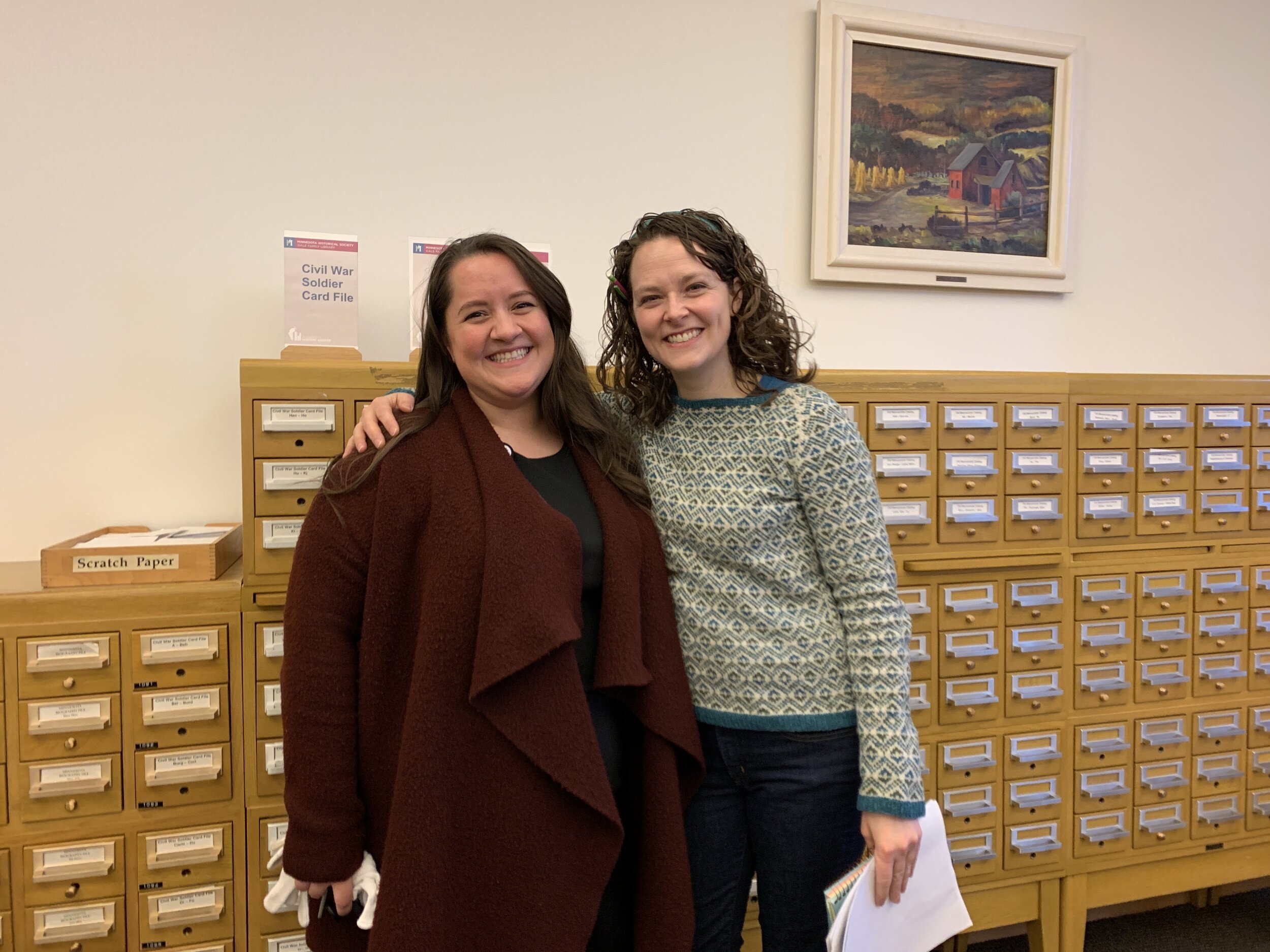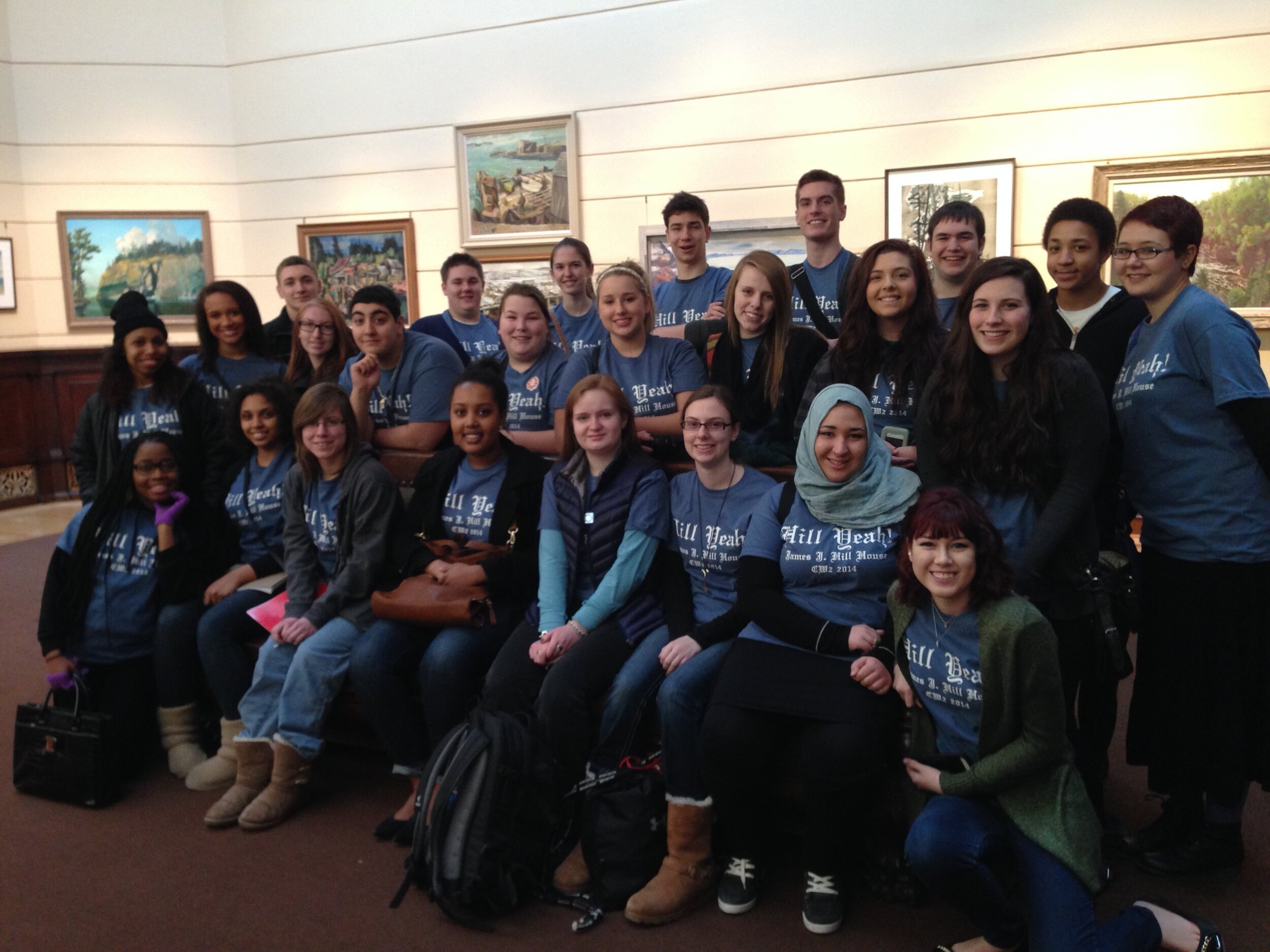The Roof Over Our Heads
Available now from Abrams/Amulet Books
A charming YA novel about a family who puts on an immersive, interactive play to save their historical home.
Finn lives in a family of theater lovers. His older brothers are both actors, and one of his moms is an actor and the other one is a director. They even live in an enormous historic mansion owned by the Beauregard, Minnesota's largest regional theater. Finn is desperate to be an actor, too, despite the fact that he can never seem to remember his lines. When a new artistic director threatens to sell the Jorgensen House and kick out his family from the only home he's ever known, his family puts on a show—an immersive 1890s experience unlike anything else out there. But will it be too much for his mom Lula, who is recovering from cancer? Will Finn connect with his crush and deal with his long-time rival, Jade? Will saving the house save Finn's acting career? Funny, warm, and full of Victorian hijinks, this is a novel for anyone looking for a place to belong.
Booklist ⭐️ review: “Expect nonstop action, rounded characters, secrets, schemes, and sweet affirmations of unconditional family love.”















